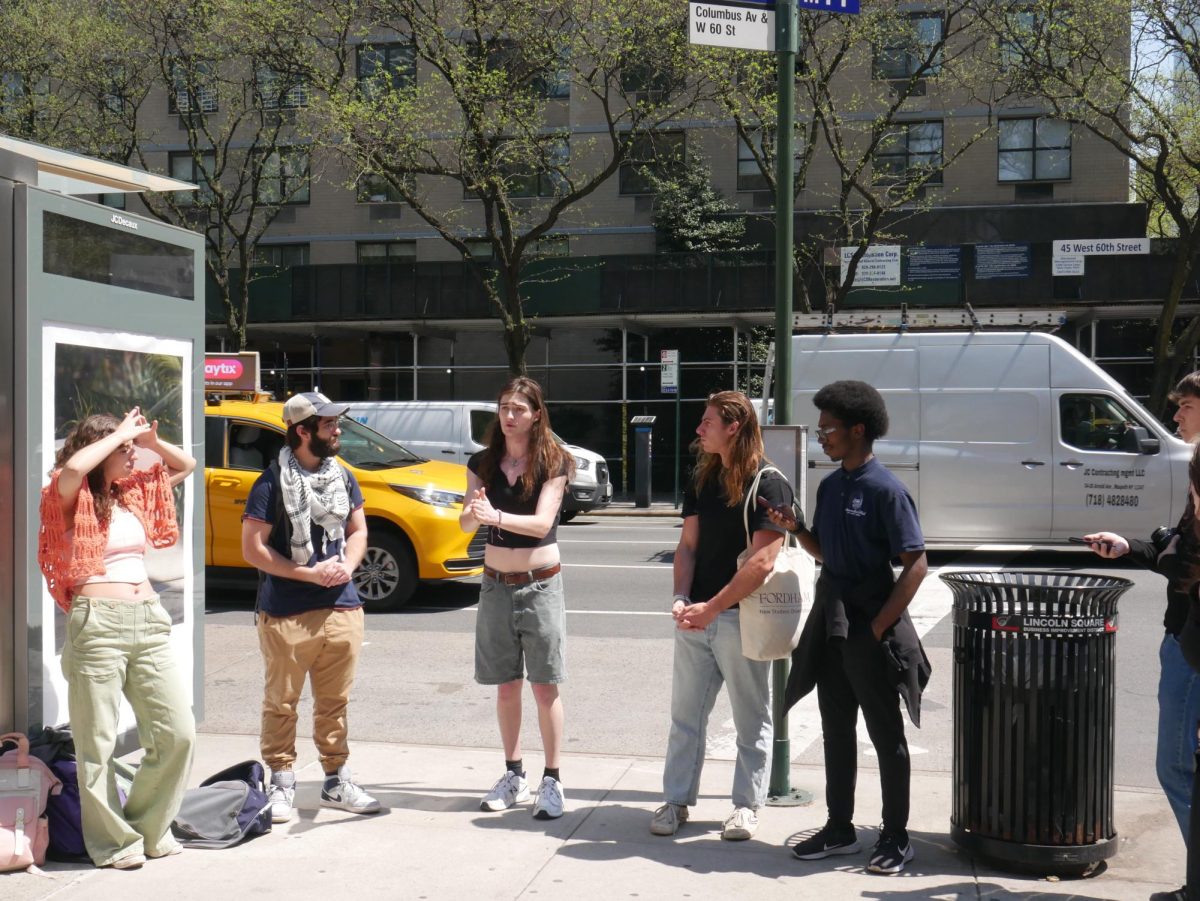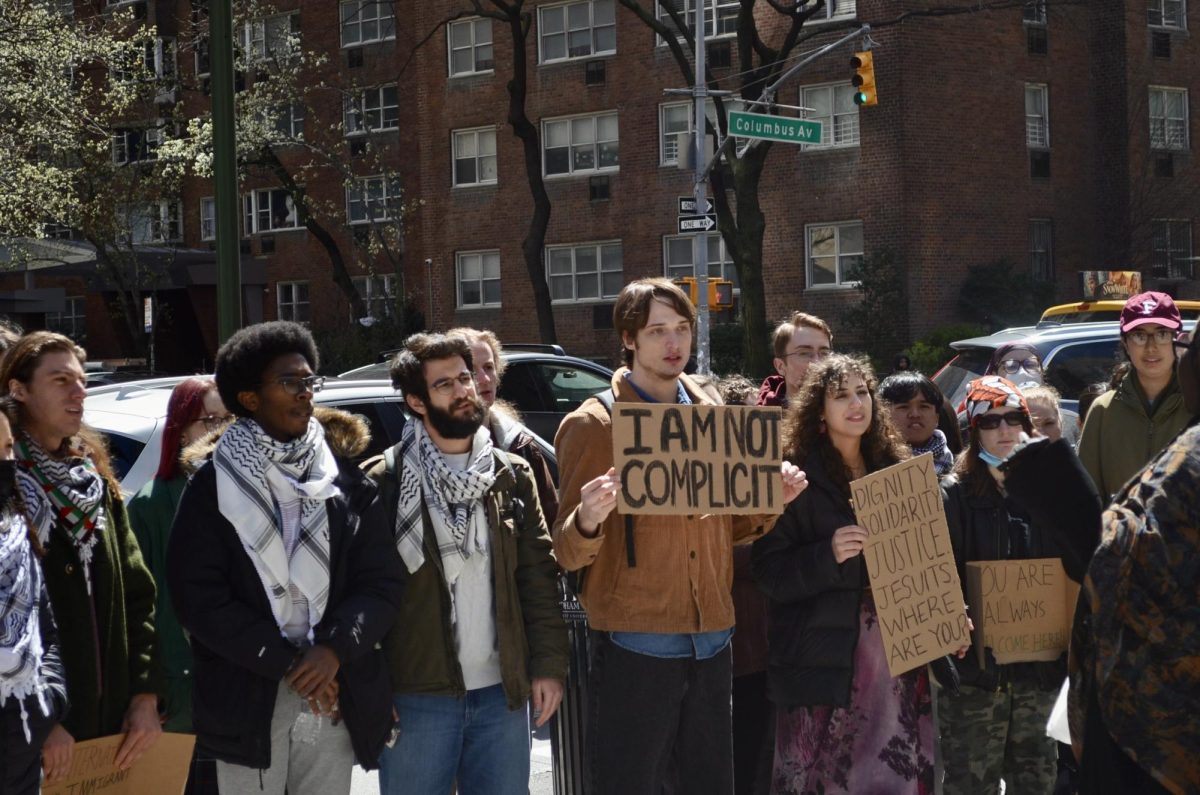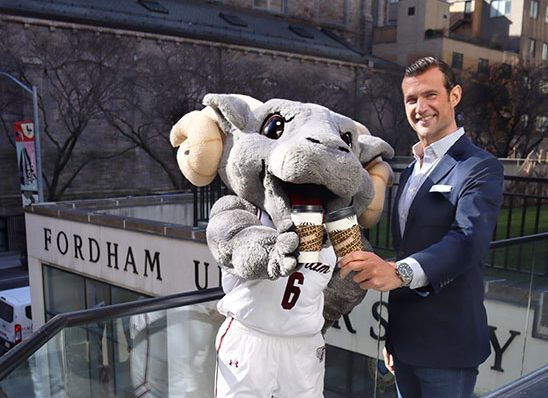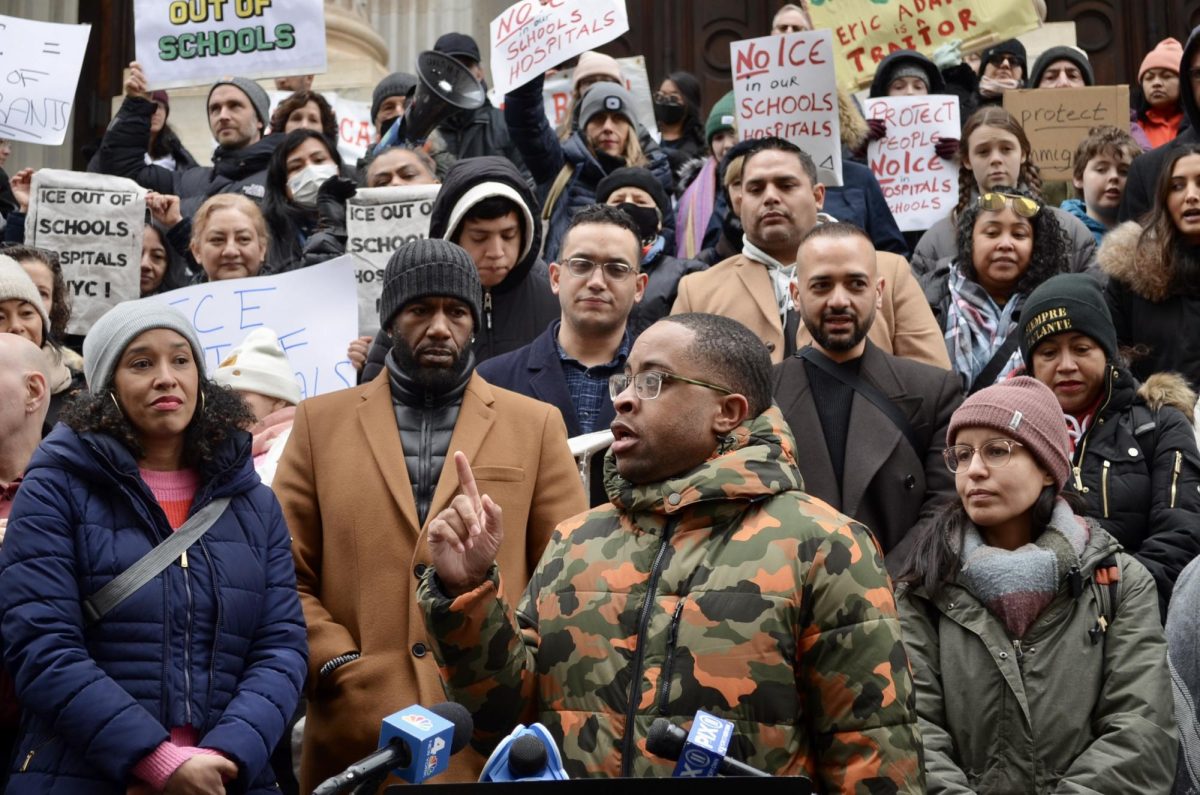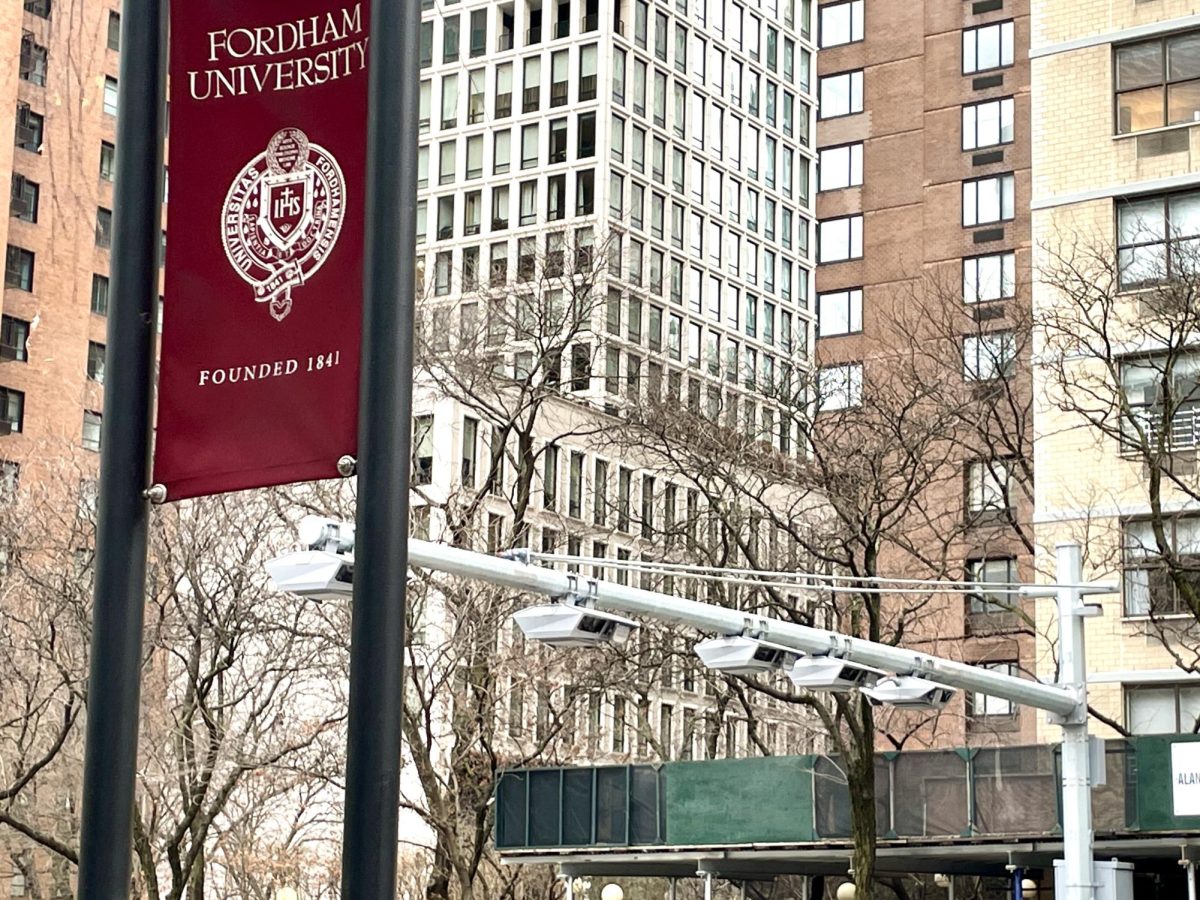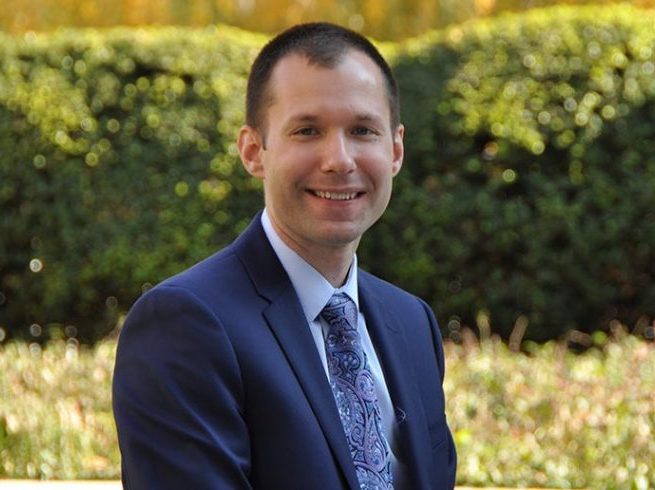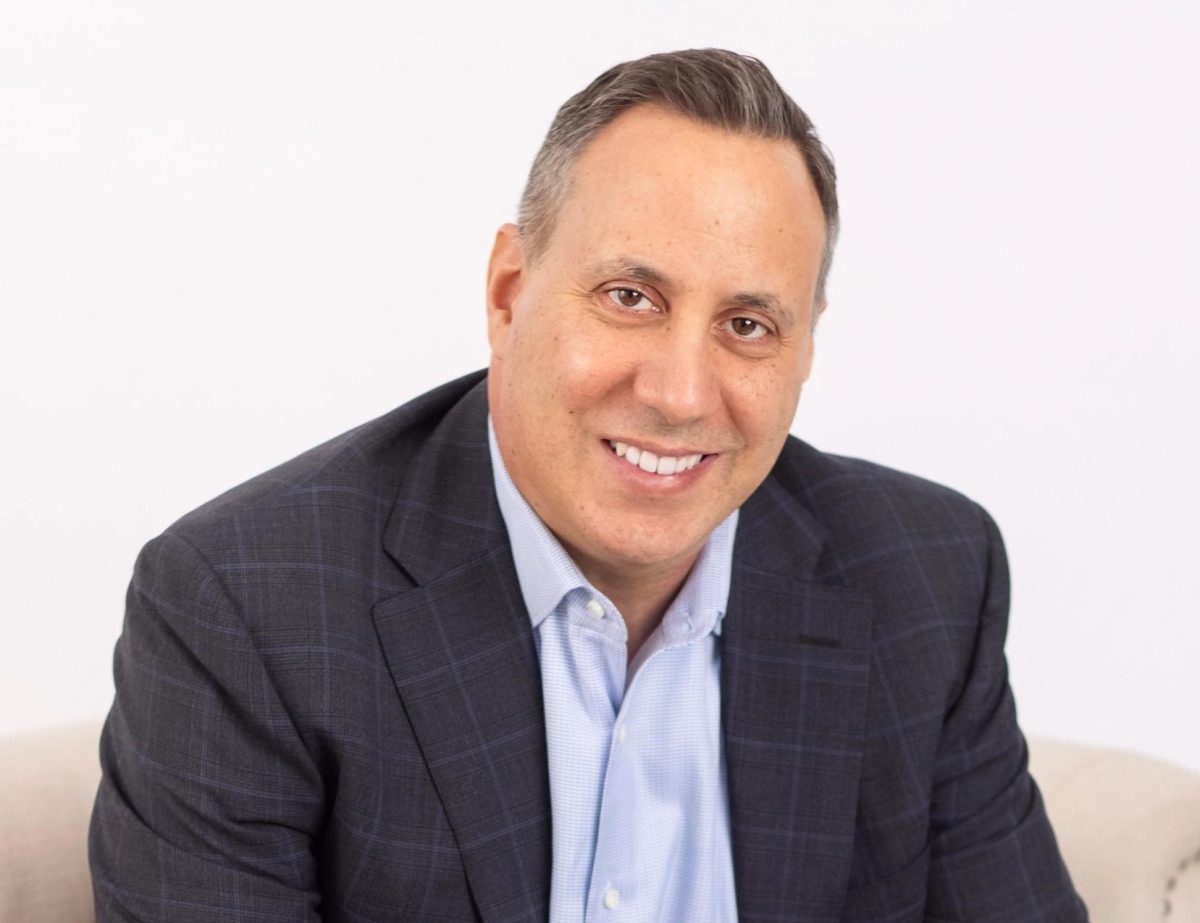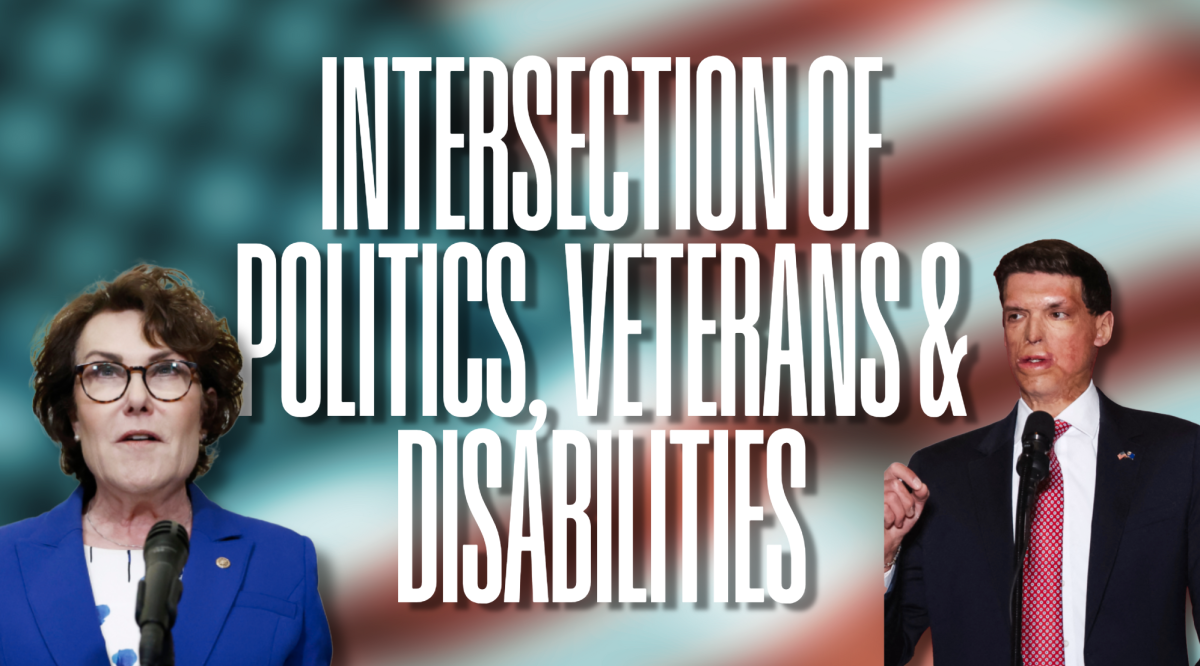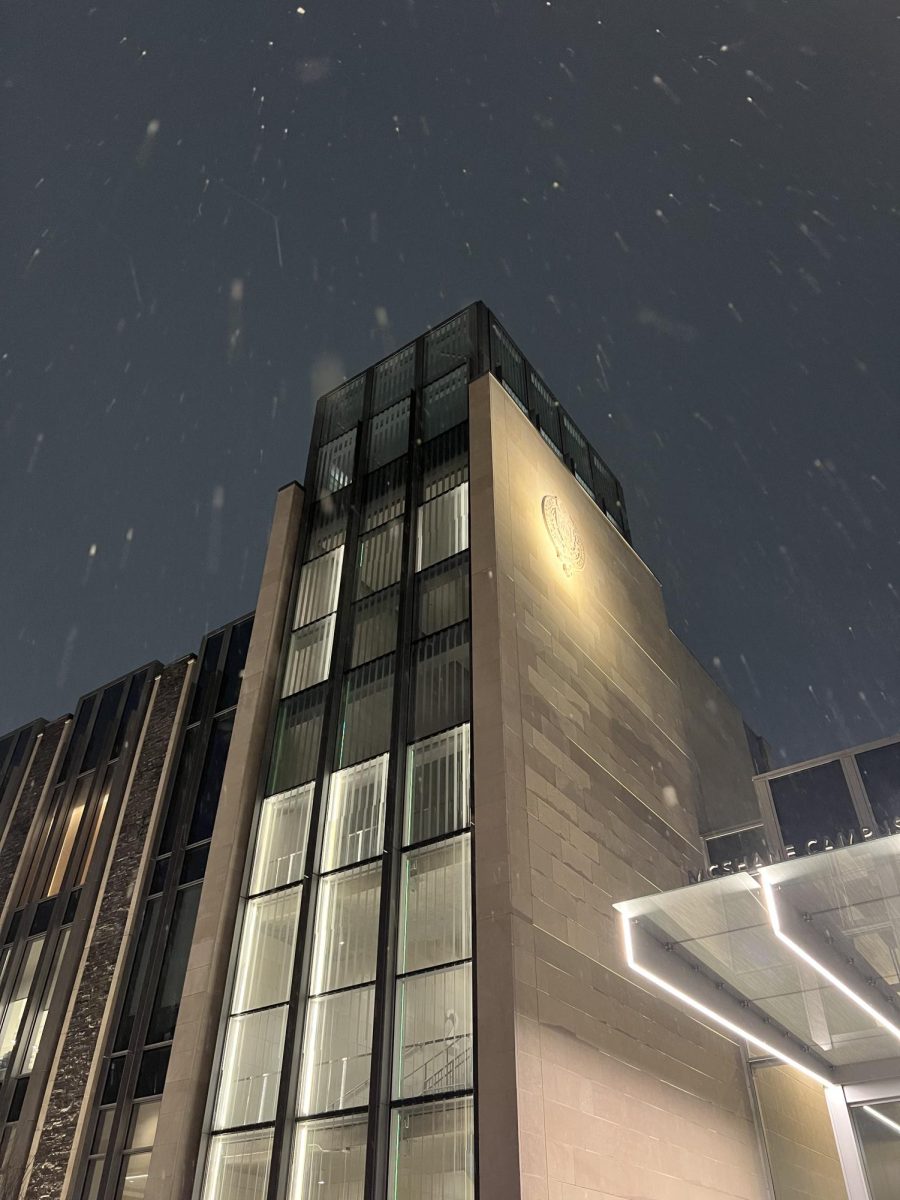By Aislinn Keely

When Ariana Cipriani, FCRH ’17, attended a class site visit to a local Bronx school in October, she witnessed the work of the Green Bronx Machine: an organization that assists students in growing food from school gardens while learning core curriculum. The impact of the experience led Cipriani to develop a research project mentored by Mark Naison, Ph.D., professor of African American studies, that investigates the impact of environmental education on various aspects of individual and community development. Her project is entitled “Planting Seeds for the Future: Urban Environmental Education in the Bronx.”
For her work, Cipriani partners with environmental education organizations and programs that work in both schools and nonprofits, including the Green Bronx Machine, the Bronx River Alliance, the Edible Academy at the New York Botanical Garden and Sprout by Design. Cipriani hopes to produce a thesis that explores how environmental education, specifically urban environmental education, operates in the Bronx, how it impacts the borough, and how it prepares students for college and career readiness through data gathered from these partners.
In her research, Cipriani has done on-site observations at various environmental community partners, interviewed key informants of the programs and collected demographic data and the specifics of the programming itself.
“I’m using this research as more of a comprehensive look at what urban environmental education looks like and is characterized by in the Bronx,” said Cipriani.
The thesis is divided into three sections: in-school programming, Bronx river-focused programming and public programming. She hopes that educators in the Bronx or different areas will be able to use her research to see what is and is not working and have a model to apply environmental education practices into their own communities.
Environmental programs like the Green Bronx Machine are not common in urban communities, according to Cipriani.
“I’m looking at urban environmental education in the Bronx as an intervention for health as well as for school performance and career and college readiness because for so many schools in the city these programs either don’t exist or they only exist at schools with the biggest PTAs, essentially,” said Cipriani.
The Bronx has been consistently rated the 62nd unhealthiest county of the 62 New York counties. Cipriani said environmental education can be used to provide better health outcomes.
“It really can’t get much worse than that, despite the fact that the Bronx has the most park acreage of any Bronx borough and we have eight miles of river,” said Cipriani.
Those resources can be used in education as hands on opportunities to learn through interaction with the local environment, which Cipriani said better prepares students for testing and leading a healthy lifestyle.
“The Bronx gets written off as being this polluted, concrete place with no green space when in fact we have plenty of green space,” she said.
One of the main aspects of environmental education is the importance of students interacting with and learning from their local environment, or, in other words, the outdoors in the area they are from. It also advocates the importance and positive effects of hands on learning to prepare children for higher education with a better and more holistic worldview.
Cipriani said exposure to the local environment impresses its value. “I’m a product of it. I grew up across from a wildlife sanctuary and worked there for six years, and it has completely shaped my worldview,” she said.
Naison credits the trip to see the Bronx Green Machine at work in Public School 55 with sparking inspiration. “When you see a program like the Green Bronx Machine, you think ‘this should be in every school,’” said Naison. “This should be everywhere, so why isn’t it? I think that’s one of the issues that Ariana is confronting.”
Cipriani said that the field was not being talked about enough. The last person to study in the field at Fordham was in 1971. “I’m addressing it too because so much data on environmental education is just quantitative data about pretest and post-test, but pretest and post-test don’t talk.”
Cipriani is also in her first year of the Graduate School of Arts and Sciences five-year Master’s program in Urban Studies. She plans to continue to develop her thesis into a Master’s thesis when she is a full time graduate student.





































































































































































































